Level design deep dive
Insight into the Game's Level Design
Bubblegum Zombie Hunter showcases unique aspects in its level design. Rather than embracing the common strategy of creating generic modular environments, we've strived for tailor-made locations for each level. This decision stems from our desire to infuse each location with a distinct character, elevating the ambiance through environmental storytelling, puzzle-laden secrets, and uniquely scripted horror events. Yet, amidst this structure, every enemy encounter is randomized, keeping the gameplay perpetually vibrant and unpredictable.
Unraveling the Level Design Process
Our level creation process kicks off with a 'skeleton level.' It's a preliminary layout comprised of simple tiles that helps us gauge the scale and area size. Once we have a feel for the space, we expand on these areas, sticking to one of our core design principles – "creating moments." For instance, those who have experienced the GloomHaven High's "dark area" in the demo will understand the essence of such moments.
Moreover, we've incorporated 'safe spaces' where zombies can't attack, offering players a breather and an opportunity to engage in puzzles. While zombie blasting is a significant part of the gameplay, our aim is to make the experience multifaceted with thought-provoking challenges and optional tasks for added layers of excitement.
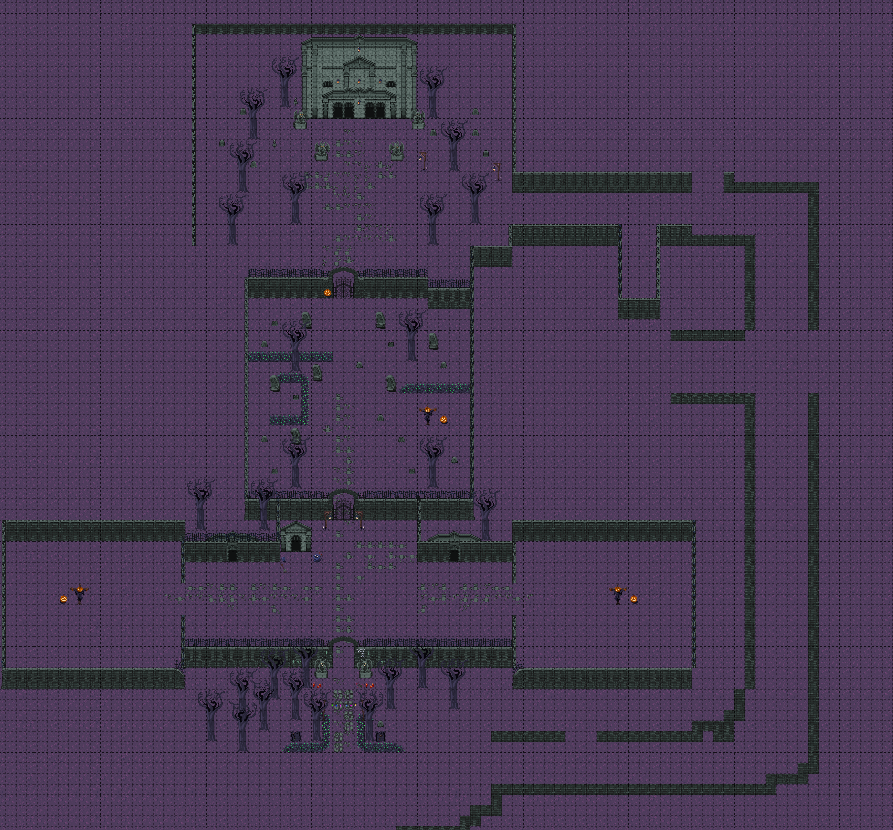
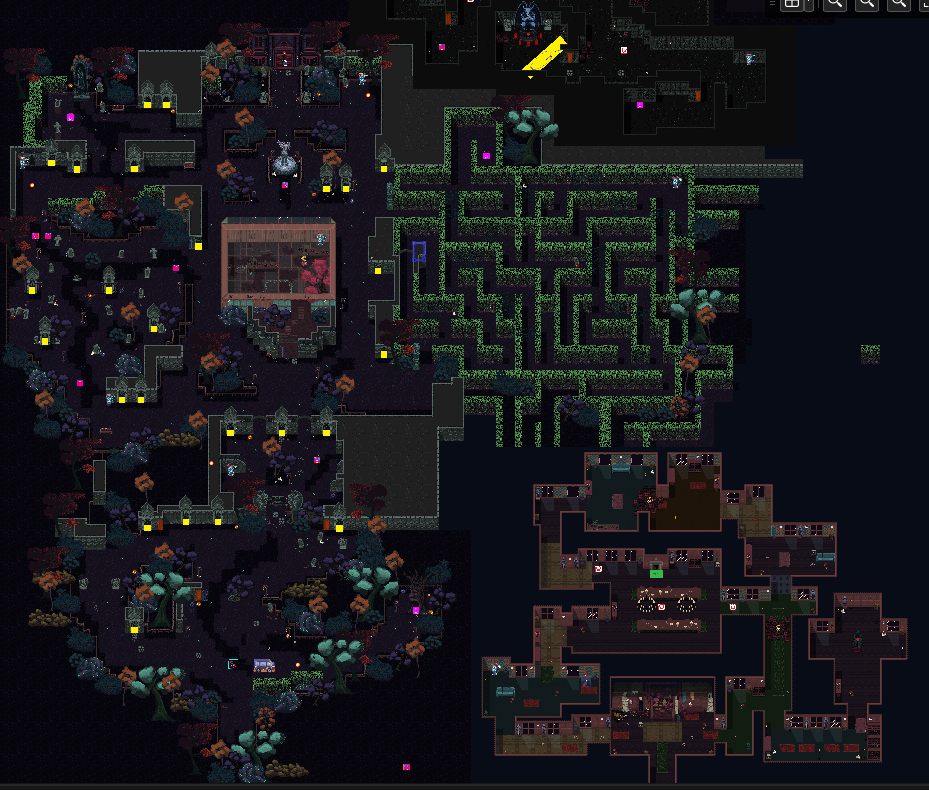
The Challenges and Triumphs in Level Design
Designing these intricate levels presents substantial challenges, one of which is the integration of mini games. Each level boasts fully playable mini games that offer players a fresh experience with their unique rules and code. However, transitioning out of a mini game requires meticulous tracking of various components like inventory, ammo count, coin count, and world state details like destroyed boxes or key items dropped. This is a complex endeavor that, if revisited, would entail slight modifications, though such a change would considerably extend our development time.
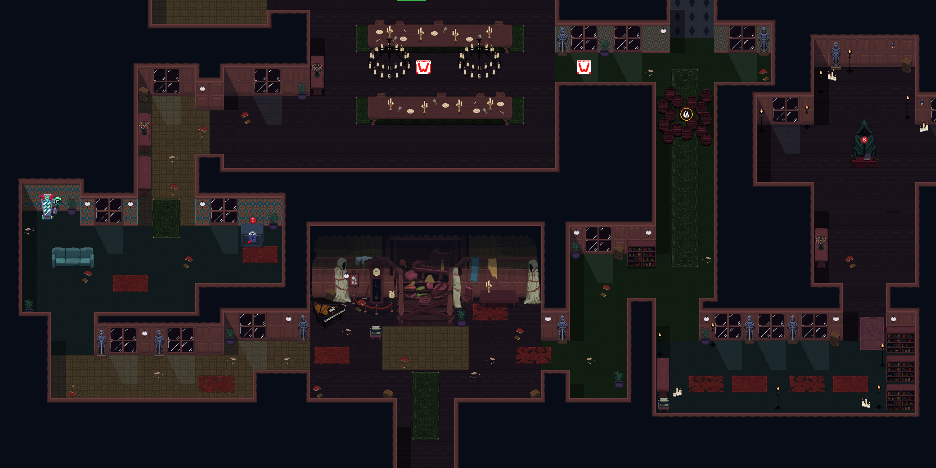
Learning from Past Experiences in Level Design
In our early stages, we wrestled with "backtracking," a situation where rooms in the school had a single entrance and exit. Acknowledging this as poor design, we shifted our focus towards making all areas "loopable," giving the player more freedom to navigate through the location. It also opened doors for us to create claustrophobic areas for heightening the horror, restricting the players' movement just when they've become accustomed to freely exploring. The contrast in environment significantly amplifies the horror effect.
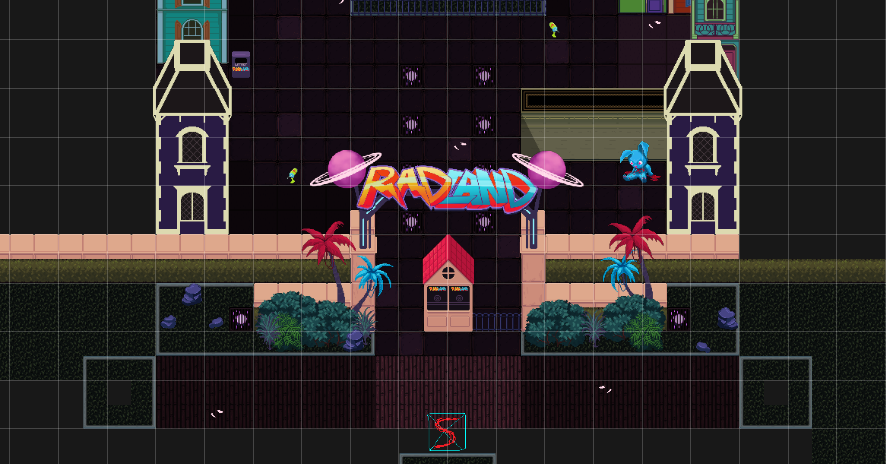
Future Perspectives in Level Design
Throughout the development of Bubblegum Zombie Hunter, we've learned countless lessons. It's a dynamic, ever-evolving process, often revealing that what sounds good theoretically may not always deliver practically. As we progressively understand this, we're able to apply these insights to future levels. Striving to work smarter rather than harder, we've begun utilizing a brightly colored, temporary tile set for crafting level layouts. This method helps circumvent the pitfalls of repeatedly redoing art areas due to layout alterations. Additionally, it eliminates common mistakes, such as misplacing tiles on incorrect layers or forgetting to move collision boxes. By streamlining the design process, we save considerable time, only transitioning to full artwork once we're thoroughly satisfied with the level's functionality.
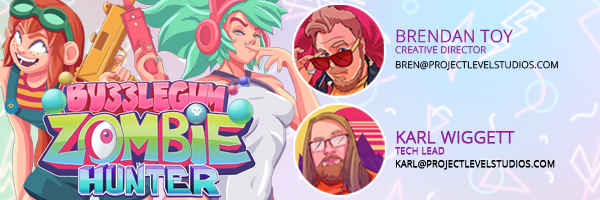
Get Bubblegum Zombie Hunter
Bubblegum Zombie Hunter
Story driven pixel art twin stick horror shooter
| Status | In development |
| Author | ProjectLevel |
| Genre | Shooter |
| Tags | Halloween, Horror, Pixel Art, Retro, Singleplayer, Sprites, Twin Stick Shooter, Zombies |
More posts
- Level Improvements, New Content, and Exciting Plans!Apr 25, 2023
- Latest Updates AnnouncementApr 18, 2023
- Art style evolutionJan 30, 2023
- Q&A With the Dev Team!Jan 13, 2023
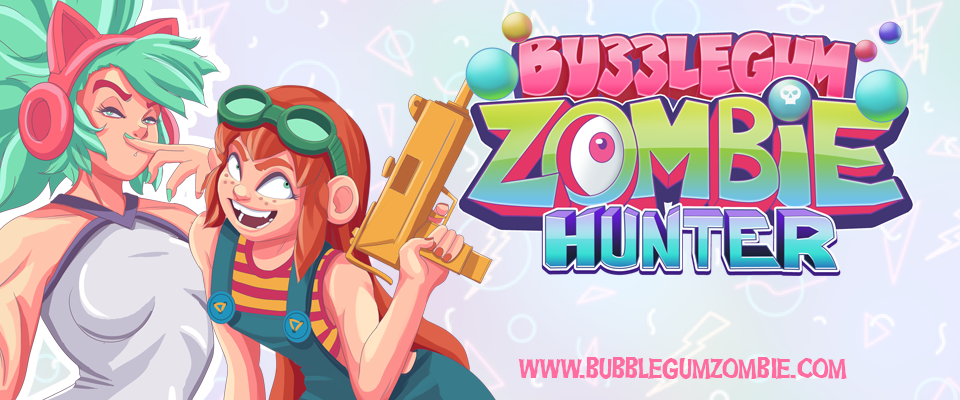
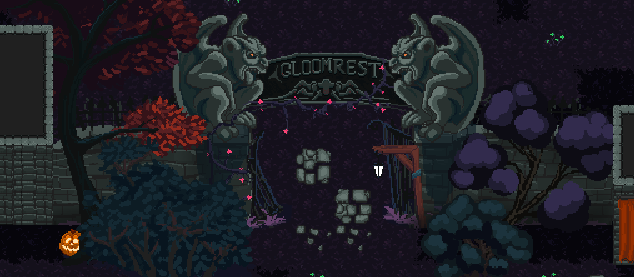
Leave a comment
Log in with itch.io to leave a comment.